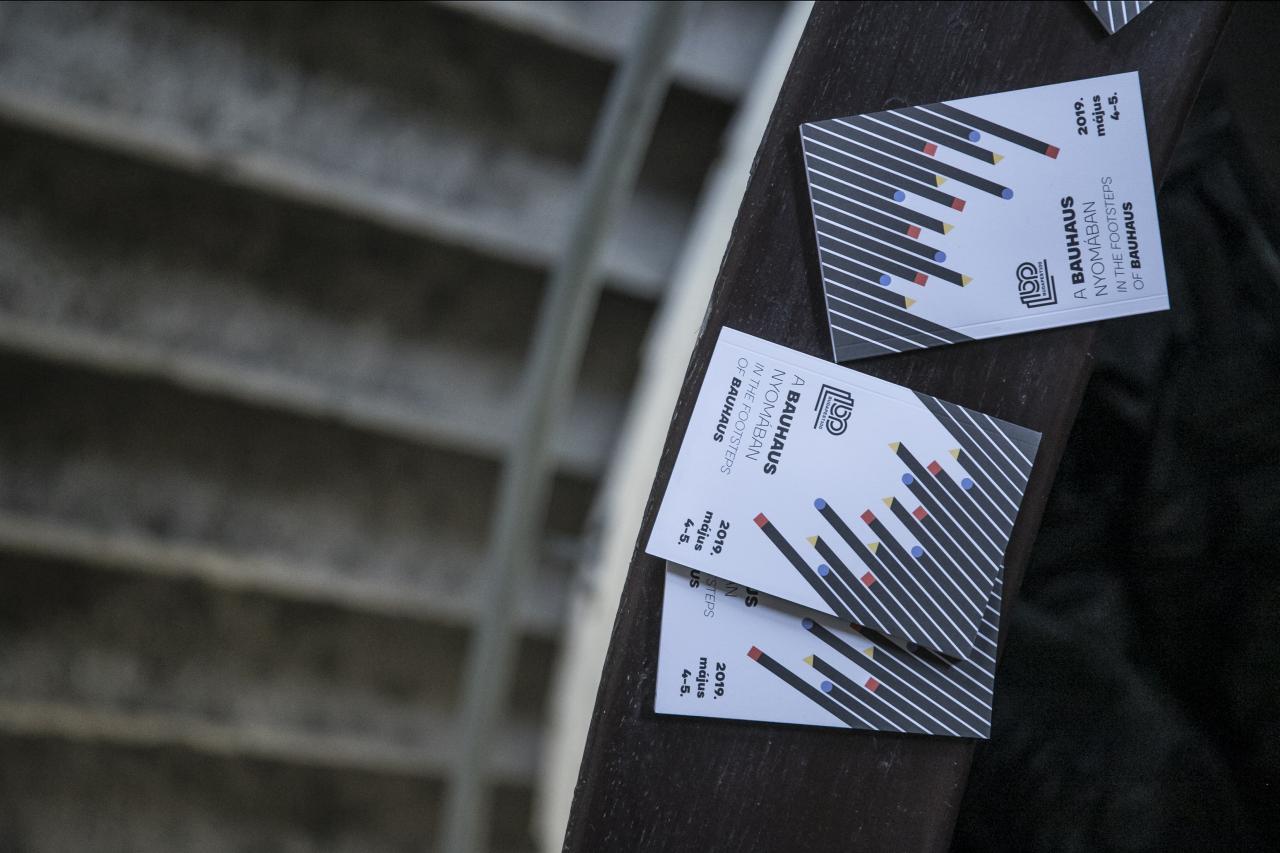
From the previous parts of the series, we learned how the Budapest100 Festival works and what the participating cities benefit from the ComeIn Transfer Network. What is the potential value of transferring the good practice? Now it turns out.
The main aim of the good practice is primarily not to protect buildings, but to encourage civilian power alongside the built environment as a catalyst. In line with the Turku Manifesto (Taking part in cultural heritage matters, European Heritage Congress, 2017 Turku), the aim is to “allow and encourage individuals to become more active in every aspect of cultural heritage. A thorough understanding of local culture and environmental issues will render any participation more effective”. The widest possible participation and interaction with residents and communities is a priority both for cultural heritage agendas and social innovation policies. A community festival celebrating a given city's built heritage and common values provides a rather simple model to mobilise residents as well as volunteers to engage with their own cultural heritage and communities while also helping to decrease social isolation.
The Budapest100 city festival is over, and on Monday partner cities gather again with a clear ‘the carnival is over’ mood to find answers to the most crucial question: what policies should be strengthened based on the community impact generated by the festival? It is not an easy question. The good practice is really not complex, it could be easily replicated in almost every residential environment of any European city having a strong local ‘identity’ the community festival can be built on (however proper engagement of communities and volunteers highlight serious challenges, simply because it can be difficult to boost these factors as they are deeply rooted in the socio-economic environment and cultural attitudes of the given country). If participating municipalities reusing this community-led initiative are able to facilitate bottom-up developments without too much control, acting as matchmakers and harvesting and accelerating the results of such a community festival by crossing silos, significant policy impact or spill-overs might be generated on the long run, as follows.
1. EXPLORATION AND NEW DIALOGUE ABOUT DISSONANT HERITAGE. The Lead Partner city, Újbuda, will test the good practice in a typical socialist housing estate, named Őrmező. This looks like a model housing estate from the socialist era and besides having local impact, the festival can potentially generate national level interests since the valorisation of these areas are indeed controversial: there is a stereotype in the society that these areas are not liveable, however they are rather popular on the estate market. If the festival goes well, it might seriously contribute to the conversation on socialist heritage that has only recently started (and provides a new perspective to the good practice itself which has been so far tested only in historic buildings). Varaždin’s festival has the same potential, highlighting modern buildings, while Forlì is tapping a really hot topic in Italy by celebrating the Rationalist heritage (Forlì was a model city during fascism).
2. URBAN GREEN SPACES AS HERITAGE. Pori’s (FI) target area is an unused urban forest with an abandoned radio station in the centre occupied by local artists, and surrounded by residential areas. But the importance of urban green spaces towards urban planning, community development and democracy might be a crucial topic in Újbuda, Varaždin and Targówek (Warsaw) as well since these ULGs identified green areas as assets towards a successful transfer. We all know that trees make cities greener, healthier and happier. For urban dwellers, our wellbeing massively depends on the many services provided by healthy, natural ecosystems in and around our towns and cities. Population pressures can significantly damage forests, trees and the natural landscapes in and around cities with many consequences. Celebrating not only buildings, but trees as heritage might raise awareness towards important questions like calculating benefits of trees (municipal budgets often consists only the maintenance costs of urban green spaces), stimulating important policy fields.
3. PARTICIPATORY APPROACHES, CO-CREATION AND PLACEMAKING WITHIN URBAN RENEWAL. Increased use of placemaking and co-creation techniques in general should have a visible impact at each partner city. Plasencia (ES) concretely expressed its goal to further improve the city’s ongoing participatory policies through the organisation of such a festival. Through valorising the very unique Armenian heritage Gheorgheni (RO) can not only rethink its tourism portfolio, but more importantly, minor participatory techniques tested within the festival might also contribute to the large-scale city centre rehabilitation project to be started soon. In Warsaw’s Targówek district the good practice transfer should empower the local identity and initiate an urban renewal in this changing, multi-faceted district. Last, but not least, dialogue between generations can also be stimulated via the good practice transfer since it is also a strong element of Budapest100.
Celebration as urban acupuncture
Come in! – Talking Houses/Shared Stories Transfer Network is rather unique among transfer networks since partner cities will not only talk about the transfer of the good practice, but they will be able to entirely transfer the good practice within the project lifetime.
As mentioned before, this is only the start. If mobilising citizens via the festival will be successful at partner cities, linking the theme to other urban policies and harvest spill-overs provides sustainability to the good practice as well. Celebration is a big part of common culture that creates an opportunity to bond together and establish deep trust. Celebration and connection is key.
Celebration of ‘our heritage’ facilitates real-life connections and stimulates people to come together. Hopefully these first festivals later on can act as points for ‘urban acupuncture’, meaning that these smaller symbolic projects can have an effect in creating points of energy and initiating a snowball effect, transforming the given city.
Ferenc Szigeti-Böröcz

